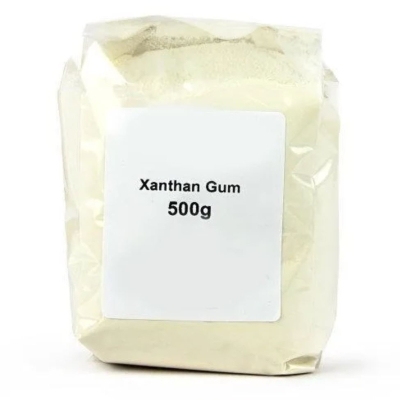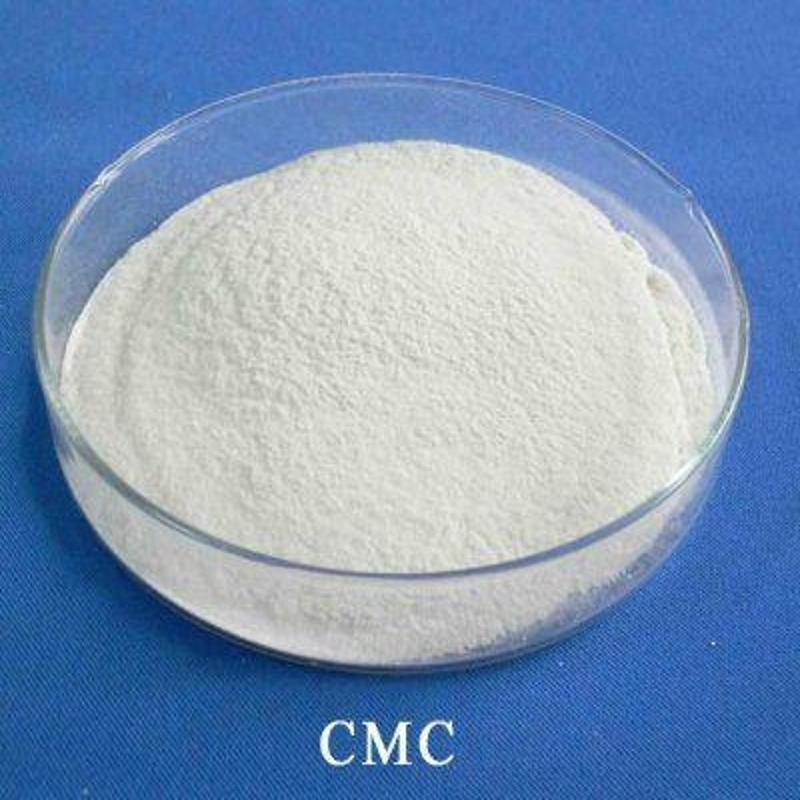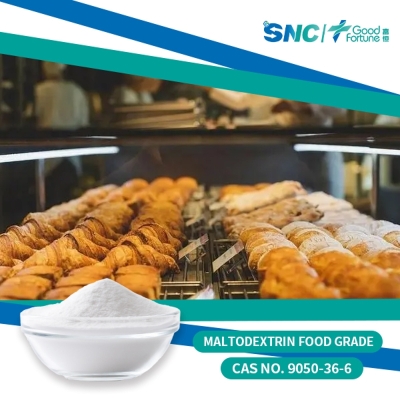Microbial fermentation produces gelatin, and Gelzen opens up a new pattern for the gelatin market.
-
Last Update: 2021-02-18
-
Source: Internet
-
Author: User
Search more information of high quality chemicals, good prices and reliable suppliers, visit
www.echemi.com
partner
Alex Lorestani (left) and Nick Ouzounov (right)Use genetically engineered microbes to produce gelatin from fermentation tanks sounds like a new technology because hydrolyzing collagen from animal skins, bones and connective tissue on an industrial scale is not what food manufacturers dream of.
Gelzen
's
CEO
found that they basically threw animal tail residue directly into acid or alkali cylinders.While most people eat fruit juice gummies with fish or pig skins without any problems
-
and the manufacturer explains that glue is a value-added, sustainable ingredient made from generally non-edible animal tails
-
, finding a vegetarian alternative with a unique quality of gelatin is still the most urgent need at the
,
Saider Lorestani
said of
. He founded
Gelzen
in San Francisco in
with molecular biologist
2015.Lorestani
noted that
there are already vegetarian alternatives (agar, phosphorus, starch and resin) on the market.
"
he is planning to use microbial fermentation to produce collagen (gelatin prebiotic substances) without using animal raw materials or causing any harm to animals.he told reporters:Everyone who tries to produce bear rubber sugar with gelatin substitutes has found that it is different from gelatin, both of which differ in chemical properties or physical properties.
”The market value of gelatin market is close to
30.
billion Lorestani
said:
gelatin market is close to
30
billion, and the rapid development of the Asian market, so if we find a cost-effective alternative, there will be great potential for development.
” “
The current market price for bulk purchases of gelatin is about
$8/kg
, which can take a lot of time and cost to compete with, but since the amount of gelatin substitutes purchased is
4-5
times the amount of gelatin, we can move in this direction to win the market.
” “
Many people look forward to testing and buying our products. In addition to those who need gelatin substitutes due to moral or religious beliefs (including gelatin from pork and gelatin made from non-specific slaughtered cattle as non-halal foods), many people are also very concerned and concerned about animal diseases (such as mad cow disease) and limited supply, so the market demand for gelatin substitutes is obvious.
” “
People don't want to rely on materials from animal sources, and companies are under enormous pressure to transition to alternatives to plant-based sources. Because it's not just the needs of a small
.
”Alexander Lorestani , partner and CEO of Gelzen, also produces collagen for biopharmaceutical applications
-
such as Israel's
Israeli
, which plans to use tobacco to produce collagen for tissue repair and wound care
-
but
Gelzen
claims to be the first company to attempt to industrialize gelatin for use in food and other commercial-scale applications.Invested
.
5 million in cash to build a recombination protein production platform under the leadership of food technology investors,
Gelzen
recently completed a round of financing worth $
2.
million, and now the team of
8,
people is planning to step out of the lab and produce small-scale production equipment at the previous
Caterpillar
St. Andrew's construction facility.
Lorestani
he studied medicine at Rutgers University and bacterial pathology at Princeton University. for
Gelzen
, the key to transforming microbial genes to produce proteins using synthetic biology is the feasibility of mass production. So what needs to be done? Lorestani
points out that
we started with a set of naturally produced protein microorganisms and gave them a series of instructions to genetically produce collagen (gelatin prelude). Collagen is currently widely studied, so the
DNA
sequence
-
, which is used in
'
design
'
microbes to produce collagen, is actually a series of instructions
-
that anyone can find online.
” “
Some companies are responsible for generating
DNA
, so we just need to order them. The first project we started was to make lacto tooth like gelatin. Obviously, the lactation elephant is extinct, but we know its
DNA
sequence, so we can use the
DNA
sequence to guide microorganisms in the production of latex tooth like collagen. There is no need for real animals in this process, and certainly no harm is done to them.
” After producing a good batch of products, he says, purification needs to continue, and
gelzen
is currently studying the application value of purified by-products. Alex Lorestani: "Everyone who tries to produce bear rubber sugar with gelatin substitutes finds that it is different from gelatin in that it differs in chemical properties or in its physical properties. the production process can be developed according to customer needs because the production process is patented,
Lorestani
cannot disclose the microorganisms (bacteria or yeasts) used by
Gelzen
to produce gelatin, as well as the ingredients associated with raw materials, cultures (such as microbes in fermentation tanks), but he indicates that microbial culture requires sugar and nitrogen, oxygen, carbon sources. The production process is more important in the protection of intellectual property rights than in the final product. "
patenting for all-natural production materials is not our competitive strategy, our focus is on the production process, of course, the trade secrets of the fermentation process is a major factor.
” “
Although it is not available to disclose which microorganisms, we guarantee that the microorganisms used are permitted for food production in the United States. We plan to use microorganisms to produce collagen. The production process can be developed according to the specific needs of the customer (so
Gelzen
can produce gelatin with a certain hardness or beer clarification agent with a special properties specifically designed for Bear rubber sugar).
” How should the food labels of Gelzen
products be labeled in view of the variety of products on the
Gelzen
production line, the labels of different products can vary, but for products with the same biological structure, can we collectively call them Gelatin
"
and indicate the non-animal source attributes that explain them? Despite extensive
how to manage and define such products, Lorestani said, we can't give a definitive answer yet. The amplification of the fermentation process the amplification of the fermentation process is not a simple linear relationship, so don't simply assume that every time you go to the fermentation tank, its yield will double, although the results of the fermentation process can be predicted, but only if your final yield exceeds a certain value, the fermentation results are more predictable. From
10000
to
50000
to
100,000 L
, concepts are completely different from
5 mL
to
1 L
to
10 L
. "
fermentation tanks used by many companies can be expanded to hundreds of liters, and if we are to prepare tons of products, the final size of the equipment we need will be able to reach this level.
” So
the processing
Gelzen's products require custom equipment? The answer is not certain.
Lorsetani
points out that the
"
combination of standard fermentation tanks can meet this need, but the technology we are developing may require some new hardware equipment to support it.
” What is gelatin? Gelatin is a colorless, tasteless gel-like substance, mainly made from animal skins, bones, connective tissue, etc. a thickener with a unique properties. It is dissolved by heat, condensed solidification (reverse process), can give candy, if the juice gummies, desserts, bear rubber sugar, etc. , a certain texture and taste, is plant-based sources of gelatin substitutes can not reach. it is made of collagen from pig skin, cowhide, cow bone, fish skin and other animal sources, and is commercially prepared on a commercial scale by hydrolyzing (fragmentation) of acids, alkalis or enzymes.
January
Grand View Research
,, 2016, the food and beverage sector is the largest consumer market for gelatin in the United States, followed by health care, medicine,
photography, and personal care products. report notes that gelatin market earnings are expected to increase at a compound annual growth rate of
6.7%
over the next
2016-2024, with the most significant increase forecast for the Asia-Pacific region. Goal: Commercialize the volume of products over the next four years no matter how young the company is, it will be difficult to predict its future, but next summer the company plans to offer its customers a kilogram of products and ensure their quality, so that in the next
4
years or so, gelatin demand manufacturers will be able to use
Gelzen
products to produce goods. Gelzen
future business model, whether to award or cooperate with large raw material producers, or to enter the field of raw material processing and production itself?
is very interested in research and development and production and look forward to
delivering our products to
major food manufacturers as soon as possible," Lorestani said.
” The source of this
is
Food Network, if reproduced please indicate the source, violators must be investigated.
This article is an English version of an article which is originally in the Chinese language on echemi.com and is provided for information purposes only.
This website makes no representation or warranty of any kind, either expressed or implied, as to the accuracy, completeness ownership or reliability of
the article or any translations thereof. If you have any concerns or complaints relating to the article, please send an email, providing a detailed
description of the concern or complaint, to
service@echemi.com. A staff member will contact you within 5 working days. Once verified, infringing content
will be removed immediately.







